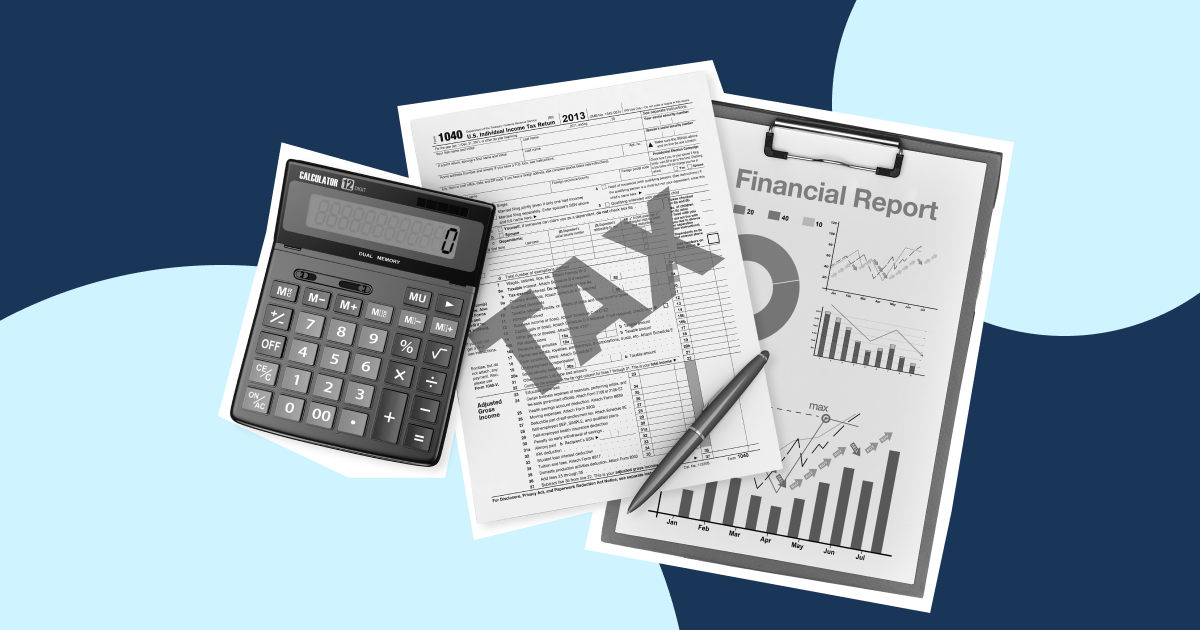Summary
So, you've been tasked to issue a credit note. If you're relatively new to business or dealing with suppliers, understanding the concept of a credit note may seem complex. A credit note is a commercial document issued by a company to indicate a financial adjustment, demonstrating a company’s accountability and financial management, both essential for success in today’s market.
This article will shed light on what a credit note is, how it functions, why it's issued, and its role in maintaining healthy business operations. By the end, you'll have a clearer understanding of how credit notes help maintain correct financial records while helping to bolster relationships with clients and partners.
What is a credit Note?
A credit note is a legal document sellers use to tell buyers that a refund or price adjustment is owed back to the buyer. This can happen when a mistake on an order has been made like overcharging or when a buyer returns items. It’s like saying "Oops, we charged you too much" or "Sorry, you had to return this." So, instead of sending cash back, the seller sends a credit note or credit memo.
This note can either fix errors in past invoices or provide the buyer with discounts on future purchases.
Issuing a credit note means everyone agrees on the change and keeps business records organized. It's like undoing part of a sale that wasn't right: maybe because something was wrong with what was sold or how much was charged. In essence, it represents fairness in business by correcting billing mistakes.
When to issue a credit note for a previously issued invoice?
Sellers usually issue credit notes when there's been an error in an invoice or when goods are returned. This could be because a business charged too much, or maybe the customer returned some goods.
A credit note can also be used when a customer has been billed in advance, or the goods or services are no longer required. They can also be used to offer discounts or rebates post-invoice, allowing for price adjustments after initial billing.
In essence, credit notes allow businesses to adapt to changes, honouring their service agreements and adhering to customer satisfaction guidelines to manage post-sale transactions.
What information should a credit note include?
Each credit note should include some must-haves to make everything clear. If needed, download a credit note template to make things easier. Information to include in a credit note includes:
- Date of Issue: This tells you when the credit note was created.
- Credit Note Number: Like a unique ID, this number helps you keep track of the credit note easily.
- Original Invoice Reference Number: It links your credit note to the initial invoice, the first billing document issued before the credit note, clarifying why the credit note was issued and ensuring it is clearly identified as separate from the initial invoice.
- Customer Information: You need to know who the credit is for; this includes their name and address.
- Your Business Information: Just like customer info, but this time for your business, who is giving the credit.
- Amount Being Credited: How much money are you talking about? This shows clearly how much is being credited back, including GST/VAT if it was included on the initial invoice.
- Reason for Issuance: This part explains if it was because of wrong pricing, damaged goods, or another reason.
- Authorization Signature: Someone in charge needs to sign off on this, showing that a higher-up knows and agrees to issue this credit.
- Detailed Description of Goods or Services: What exactly are you crediting? This lists out the items or services that weren't up to snuff.
How to issue a credit note?
Issuing a credit note can be straightforward, especially when you know exactly what steps to follow. Here's how you do it, using a simple business example for better understanding:
- Identify the need for a credit note: This could arise from a customer returning goods because they received the wrong item or perhaps the products were damaged. In our credit note sample, let's say a customer bought 50 blue mugs but received 50 red ones instead.
- Gather all relevant information about the original transaction: This includes the original invoice number, date of sale, details of goods or services provided, and the reason for issuing the credit note.
- Create the credit note: Use your accounting software or a credit note template to create your document. It should mirror an invoice but be labeled as a "Credit Note." Include your company's name and contact details, and that of your customers.
- Detail why you're issuing it: Specify whether it's due to returned goods or an overcharge. In our credit note example, you would explain that it's because the mugs were sent in the wrong color.
- Calculate the amount owed: Determine how much money needs to be credited back to the customer or deducted from their future purchases. For incorrect items like our mugs, this would typically be the full purchase price plus any applicable sales tax.
- Assign a unique identification number: This is crucial for tracking and record-keeping purposes.
- Get approval from necessary parties: Depending on your company's policy, this may involve managers or accounting department heads who need to sign off on issuing credit notes.
- Send it to your customer: Communicate with your customer throughout this process and make sure they receive their copy of the credit note, explaining what steps they need to take next, if any.
- Record in your accounting system: Ensure you enter this into your books correctly per standard accounting practices to keep records straight for financial reports and tax purposes.
Issuing a credit note is not only a matter of customer service but also aligns with traditional accounting practices, emphasizing the role of credit notes in maintaining accurate financial records by recording them as debits under revenues and credits under accounts receivable.
What is a credit note in accounting?
When you issue a credit note or credit memo, it decreases revenue on the income statement since it effectively reverses a sale, either in part or in full. These documents, like credit notes, are recorded in accounting software to reflect adjustments in financial statements, including the cancellation of purchases or adjustments for product or service value. This is reflected in the credit note journal entry. For the seller, you'll have to accept that a certain amount of goods or services billed will not result in income. As a result, this adjustment should be included in the balance sheet’s accounts receivable section, reducing the amount owed by customers.
From a bookkeeping perspective, accounts typically record the credit note as a debit in the sales returns and allowances account, which offsets revenue. At the same time, a credit entry should be made to the accounts receivable, reducing the customer's balance. This credit note double entry ensures the accounting equations remain accurate.
How long does a credit note last?
In Singapore, the retention period for a credit note is tied to broader regulations governing tax. Specifically, businesses are required to keep tax invoices, including credit notes, for a minimum of five years. This period ensures that companies can support their claims for Goods and Services Tax (GST) and facilitate any reviews or audits of financial records.
Credit note vs. debit note
Let's examine the distinctions between a credit note vs. debit note. Both play critical roles in business transactions but cater to different scenarios.
Credit note vs. invoice
What distinguishes a credit note against an invoice? While both documents are integral to the accounting process, they each serve distinct functions.
Manage payments better with Aspire
Optimize your payments with Aspire's receivable management system to effectively streamline payment processes and manage cash flow. Integrate your books with major accounting software to save time and reduce errors in bookkeeping and financial reporting.
Aspire also provides a reliable electronic payment-link solution. This easy-to-use feature lets you generate secure payment links for easy customer transactions. Our user interface also allows you to track payment activity and make informed financial decisions.










%201.webp)


.webp)